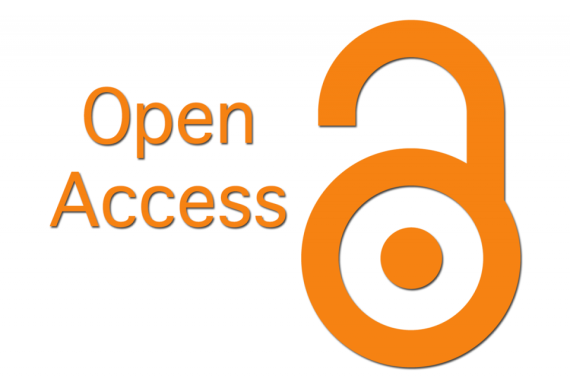YES
As a scientist you want as many people as possible to read and cite your article. It is your visibility that will determine your success in gaining new grants and jobs, which makes publishing in an open access journal a decidedly good idea. Literally anyone can read your work free of charge. Many studies confirm that you are then cited more often, says Wouter Gerritsma, information specialist at the WUR library.
He notices that Wageningen scientists nowadays know their way to the open journals. The rise of PLoS One is particularly striking: this journal is now the one most used by Wageningen researchers, with the possible exception of the Dairy Journal. PloS ONE occasionally comes under fire for its enormous size (24,000 articles a year and still growing) but the quality and impact are satisfactory, says Gerritsma: ‘You don’t have to worry about submitting something there.’
The short processing time for an article adds to the appeal of open access journals for young scientists, says Gerritsma. Academic journals are notoriously slow, and it can take years for an article to appear in them. And that is particularly annoying in the early stages of your career. ‘It is not so impressive, of course, if your publications list is full of articles that are ‘in press’, says Gerritsma.
PloS ONE charges 1350 dollars; other journals charge anything up to 3000 dollars. Out of an entire research project budget that might seem like peanuts, but it can still be an obstacle. Often it has not been budgeted for and there are other priorities…
Open journals are a smart option if your research is innovative or interdisciplinary too, says Michael Müller, professor of Nutrition, Metabolism and Genomics, and himself editor for PLoS ONE. He says OA journals primarily check whether a study was sound in terms of approach, experimental setup and statistics. They are not so preoccupied with how new it is, whether it fits precisely into a discipline or whether far-reaching conclusions come out of it. This approach works well for Müller’s own research. He does not tend to study one particular gene or protein, but to look at the bigger picture. So his studies include a lot of data and do not have a black & white message. ‘In a classic journal there is always one reviewer who does not approve,’ says Müller. ‘Or there is not nearly enough space.’
Another motive for publishing openly is idealism. Fanatical champions of open access believe knowledge should be public, at least when it was generated with the taxpayers’ money. Wageningen researchers also allude to the right to knowledge among less affluent researchers in developing countries. Even the Dutch research funding body NWO is moving in the direction of supporting free access to articles. A few years ago the organization set up a fund of 2.5 million euros to cover the costs of OA publications by NWO-funded research projects.
NO
If you ask young researchers themselves, their main goal seems to be to get published in the best journals possible. Their main concern is the impact factor: the average number of times an article is cited in that journal. Publications in top journals such as Nature and Science look particularly good on your CV. Beyond that, researchers look around them to see which journals are read by their immediate colleagues. Whether these are open access is not the main issue. Which is logical, agrees Michael Müller: ‘If you have a clearly defined topic within your own discipline, you go to the best journal in your field.’ He himself still publishes about half of his work in traditional subscription journals. Wouter Gerritsma, too, warns young researchers against letting their idealism about open access publishing get in the way of their careers. ‘If you deliberately don’t publish in top journals, you will pay the price of course.’ Given the fierce competition for grants, the decision to publish only in open access journals can affect your chances negatively.
Even in financial terms, it is not always advantageous to publish in open access journals. Regular journals do not charge a fee for a typical publication; they earn their money from subscriptions by libraries. An open access journal, on the other hand, requires an author’s fee for every publication. PloS ONE charges 1350 dollars; other journals charge anything up to 3000 dollars. Out of an entire research project budget that might seem like peanuts, but it can still be an obstacle. Often it has not been budgeted for and there are other priorities. ‘Your budget is limited,’ says Canan Ziylan, PhD student at Fresh Food and Chains. ‘I spend most of the money on data collection. We have a lot of participants and their travel costs are paid. They more they get, the more motivated they are. So this gets priority over a publication, given that you don’t necessarily have to pay for a publication.’
A final pitfall is that the quality of open access journals can be hard to assess. In the last few years there has been a boom in journals that cannot not be found in the statistics. To make matters worse, some of the new publishers are bogus. Tempted by the chance to make a fast buck, these ‘predator publishers’ publish almost anything they are sent. The seriousness of this problem is clear from a study published this week in Science. A journalist submitted an article full of major errors to almost 300 open access journals, and more than half of them published it. With a little practice it is not difficult to spot a bogus journal, but the Science study caught out several journals issued by reliable publishers.
Illustration: iStock



